- Joined
- 24 March 2023
- Messages
- 24
Hi all,
I'm planning a "headless" audio system upgrade with the following main elements:
Thanks in advance for any advice!
I'm planning a "headless" audio system upgrade with the following main elements:
- Take OEM headunit out of the equation (but leave in place to keep the OEM look).
- Utilize the Sony xm-gs6dsp with built in bluetooth/DSP (and an auxiliary line in) as the source and DSP and amplifier for an active system (mounted behind the passenger seat)
- Replace the footwell sub with a SoS enclosure and JL Audio 10wv3 sub
- Replace the door speakers/amplifiers with SoS mounts and Dayton Audio RS180 woofers I had lying around with new Hertz MP25 tweeters. The tweeters will fit in the Mita tweeter mounts.
- I'm confused as to what wires actually go to the door from the head unit. It looks like A1 (WHT) and A9 (ORN) are the signal wires for the passenger woofer, A2 (WHT) and A10 (ORN) for the driver woofer. So I could extend these to the amp to run my tweeters as they are the thinner 18 gauge. Is that accurate?
- It looks like the amps are powered by a 14 gauge yellow/red wire and then are grounded, but I can't figure out if those wires go all the way back to the head unit and can be extended from the head unit to my amplifier to be used as woofer wires. Would love clarity on this and of course, other options if this route is not tenable.
- Assuming I can go this route, I was thinking about getting the SoS harness (factory speakers, aftermarket headunit) so I wouldn't have to modify the OEM harness in case I wanted to go back to stock. On the door side, I think I would have to cut the plugs off unfortunately. Is that true or would there be another option? Perhaps the stock plugs can be de-pinned?
Thanks in advance for any advice!





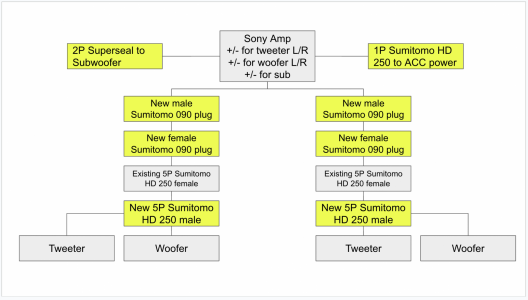
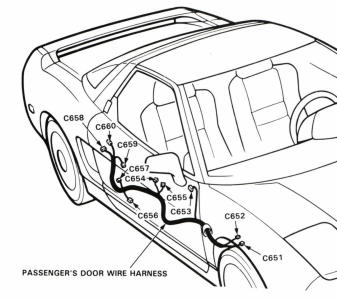
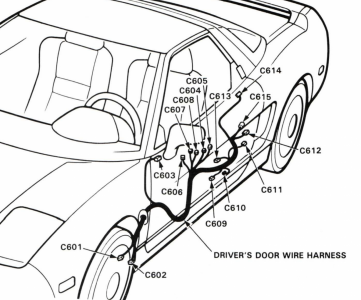
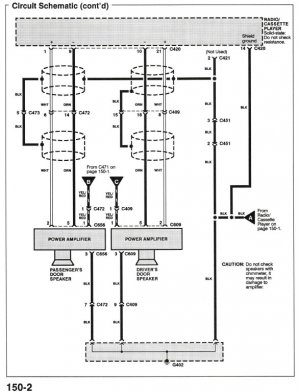
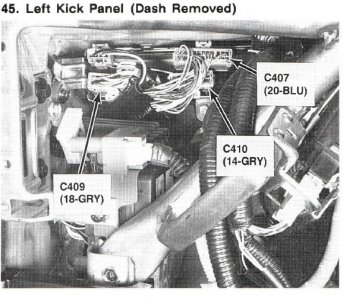
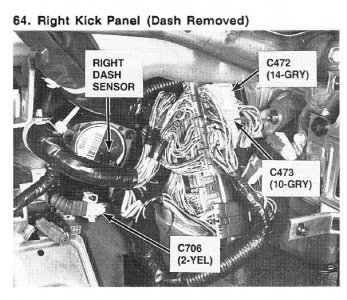

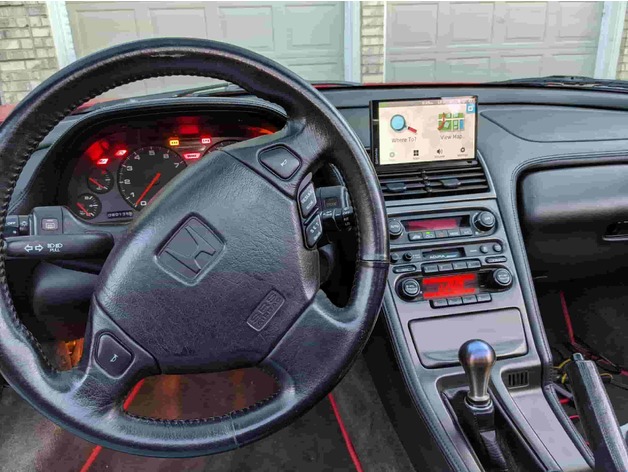
![NSX_Keyless_RHD_01[1].jpg](/data/attachments/131/131568-5e0d33bbe8f6a572538ec2130bd29d1e.jpg)